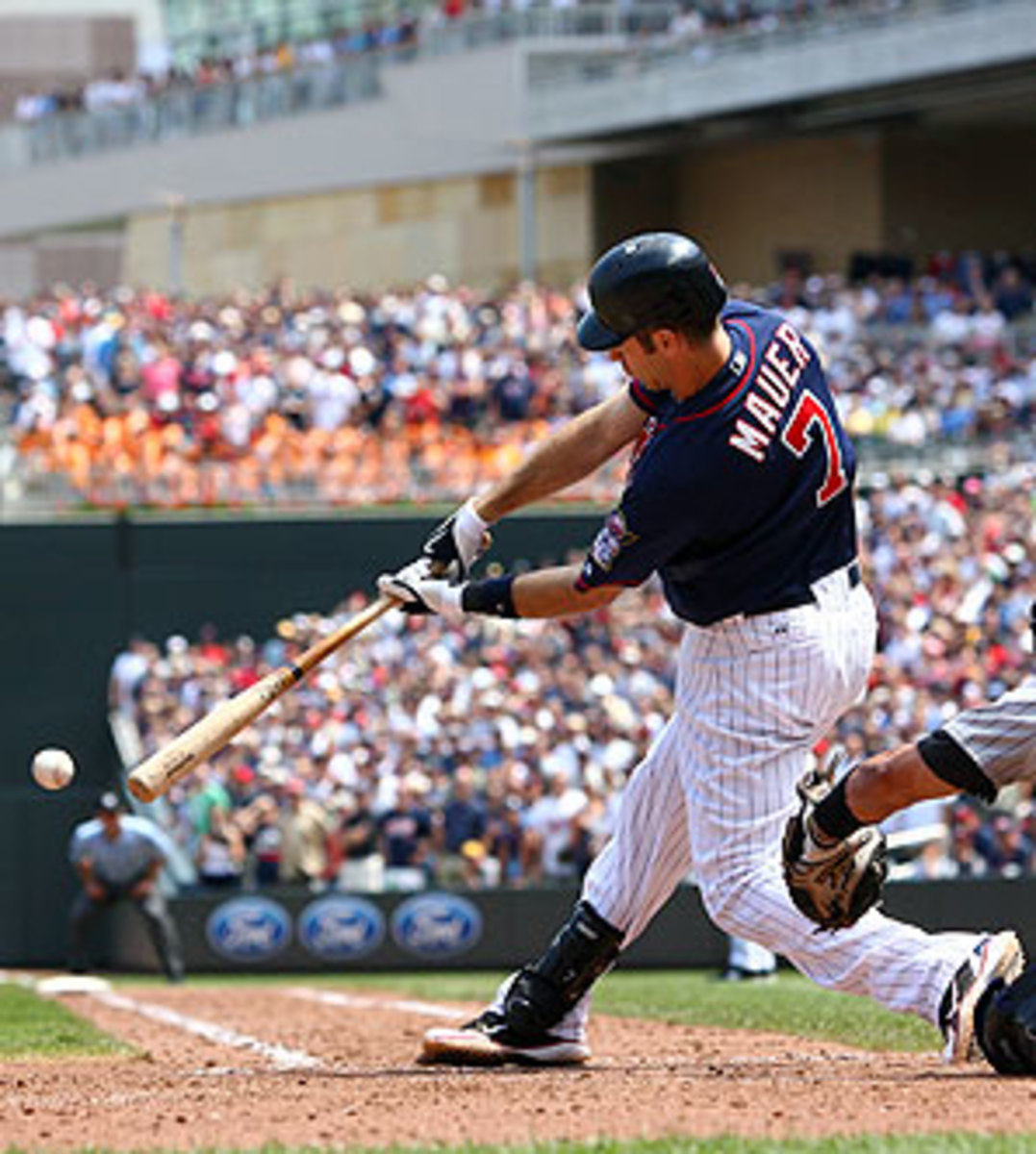Postseason home-field advantage isn't much of an advantage at all
With an 11-3 win over the White Sox Tuesday night, the Twins just about clinched the AL Central, stretching their lead to seven games with 18 to play, just two of those against the second-place Sox. It's not over, but it's over.
Having locked up the division with a 41-19 run, the Twins can now turn their attention to possibly being the No. 1 seed in the AL playoffs, which would bring home-field advantage through the ALCS. With both the Yankees and Rays stumbling a bit, the Twins have closed to within a game-and-a-half of the Yankees and within one of the Rays. It is no longer a foregone conclusion that the No. 1 seed in the AL will come from the East.
Does it matter?
Since 1998, when the current method of setting postseason matchups came into play (prior to '98, Division Series matchups were pre-set in a rotation), the No. 1 seed has reached the World Series just eight times in 24 chances. That's right: The best team in any given league has just a 1-in-3 chance of surviving back-to-back short series, even with home-field advantage and being the better team over 162 games. If all four playoff teams in a league were equal, they would each have a 25 percent chance to advance, so you can see just how little being superior and having home-field matters.
Just once in 12 years has the best team in both leagues advanced to the World Series. That happened in 1999, when the Yankees swept the Braves. The World Series, which once promised to match the best team in each league for baseball superiority, now almost never delivers on that initial promise. There have been almost as many World Series over the past 12 years in which neither team advanced to the Fall Classic (five) as one with either of them (seven). So while fans and media will focus on the Twins' 48-23 home record as reason for them to press hard for the No. 1 seed, history shows that it doesn't mean very much.
How about simply having home-field advantage in the first round, something the Yankees and Rays are currently battling for in the AL East? Since 1998, teams with the home-field advantage are, by series, 45-39 in the postseason. That may sound like an edge, but remember that the team with home-field advantage is usually, though not always, the better team based on regular-season performance.
Advocates for pushing hard down the stretch for home-field advantage will cite examples of series that went to a seventh game, such as the 2008 ALCS between the Rays and Red Sox, won by the Rays in a decisive final match. However, the Rays also had home-field advantage for Game Six in that series...and lost. History shows that home-field advantage in a decisive game is a small contraindicator of who will win. Since 1998, 19 postseason series, 23 percent of the total, have gone down to the wire. In those 19 do-or-die games, the home team is 9-10, or slightly worse than you would expect heads to play against tails. We remember the 2002 Angels or the 2001 Diamondbacks, the latter of whom won two decisive contests at home, but we forget the times when, say the 2004 Red Sox or 2003 Marlins won not just Game Seven, but Game Six as well on the road.
The table below shows the series record of teams with home-field advantage since 1998 and how many No. 1 seeds reached the World Series in the same time:
The baseball postseason is merely a highly entertaining roll of the dice. Being the best team over 162 games makes you just 8 percent more likely than the other guys are to get through to the World Series. Having home-field edge doesn't confer much advantage. Even if a series comes down to one game, where that game is played doesn't seem to matter. This is why two teams in the same division who have already locked up postseason berths do not go all out for the higher seed in the waning days of the season, preferring to ensure that their players are healthy, rested and ready to go when the postseason begins.
As we play out the last two weeks, don't listen to what various Yankees, Rays and Twins say, but look at what they do. Look at lineups, usage patterns and in-game tactics (such as how the Yankees ran their bullpen in Monday night's loss to the Rays). Their actions back up the data: home-field advantage may be a nice thing to have, but it isn't going to determine anyone's fate in October.






